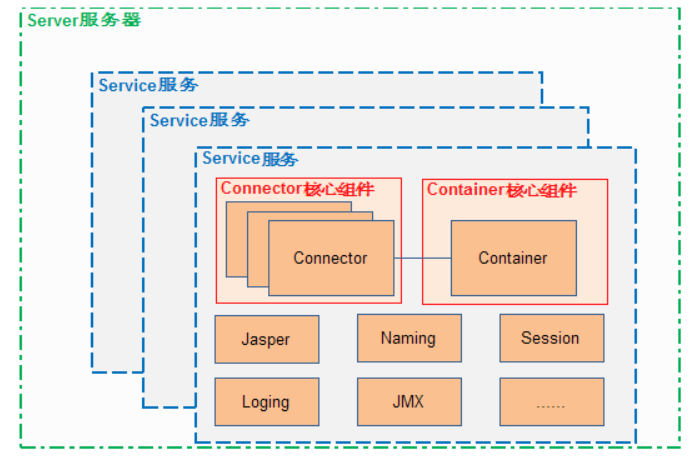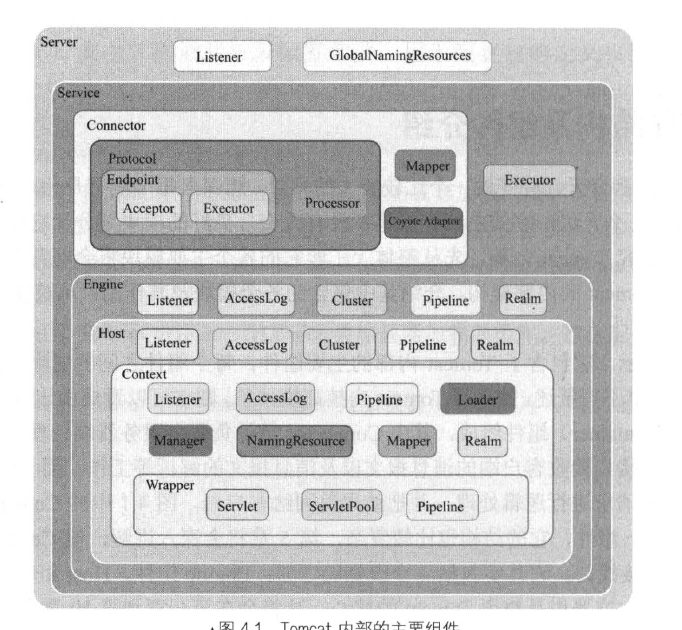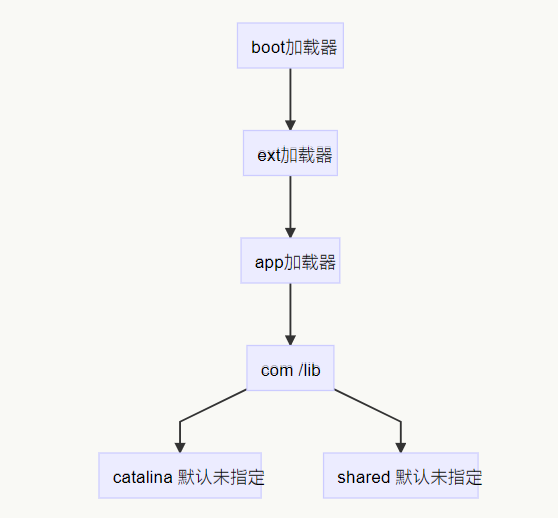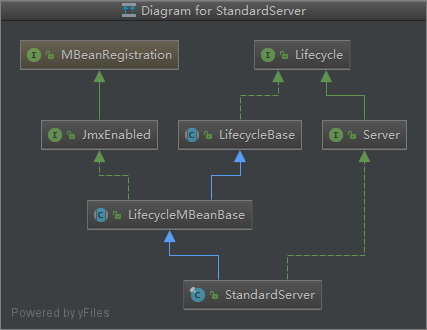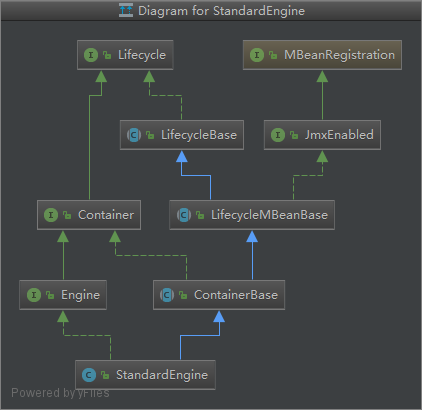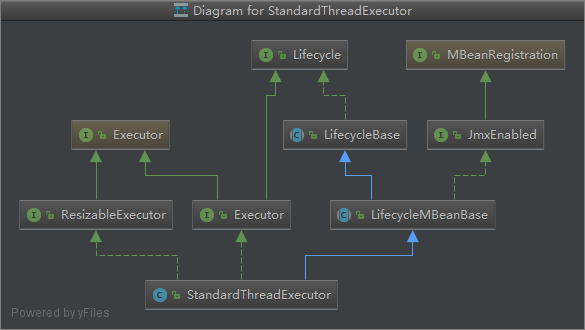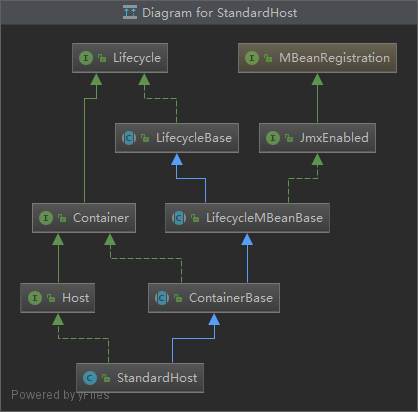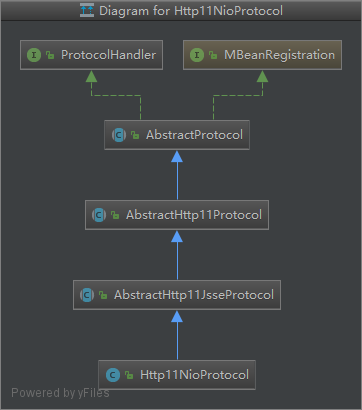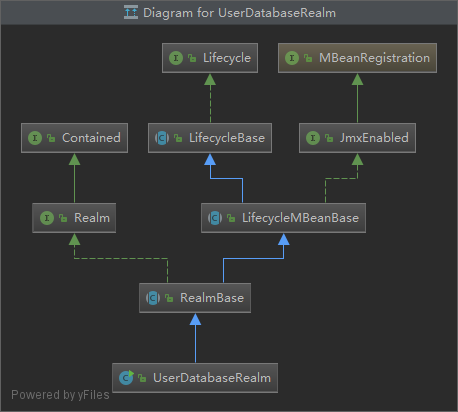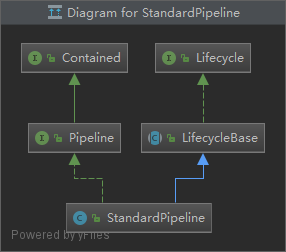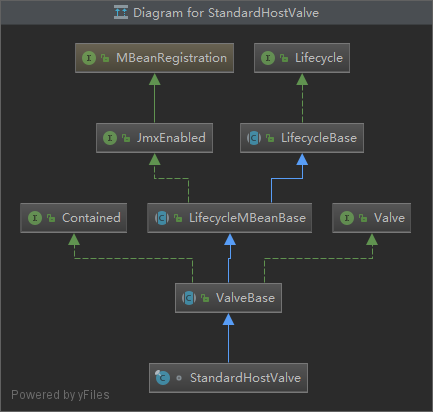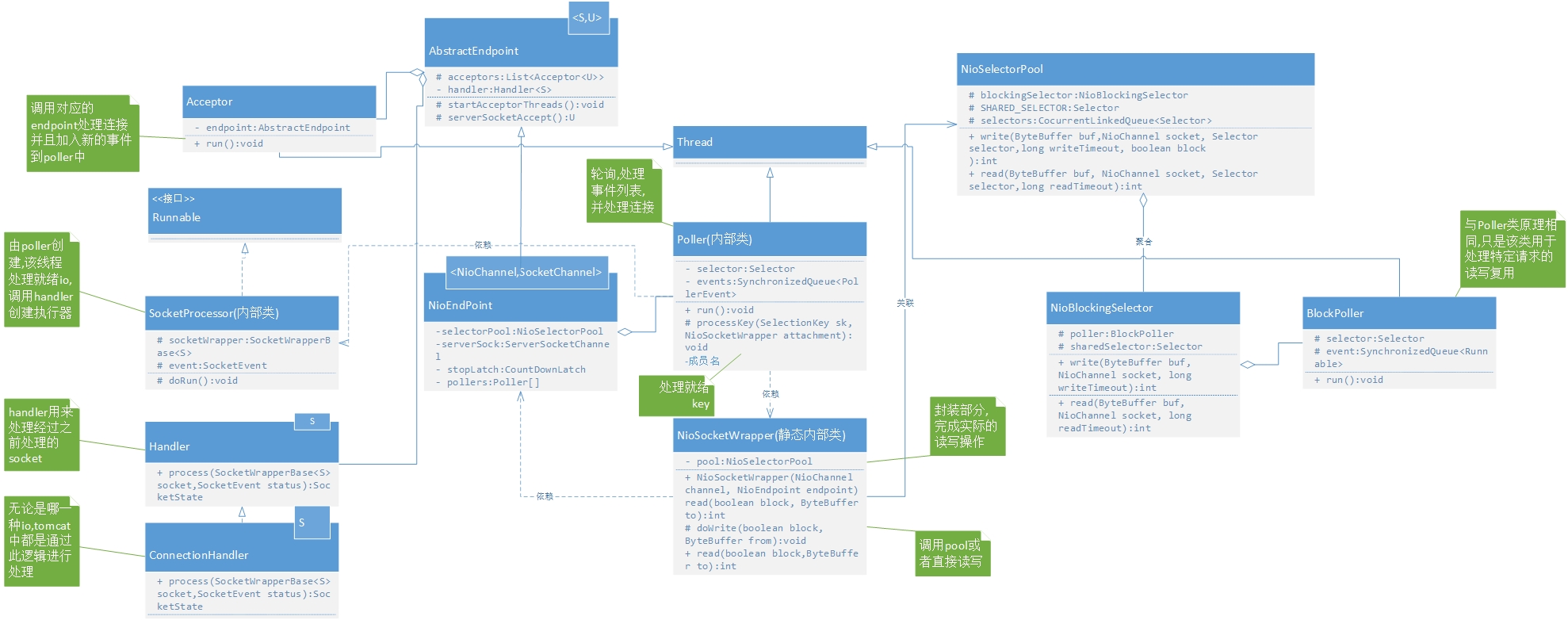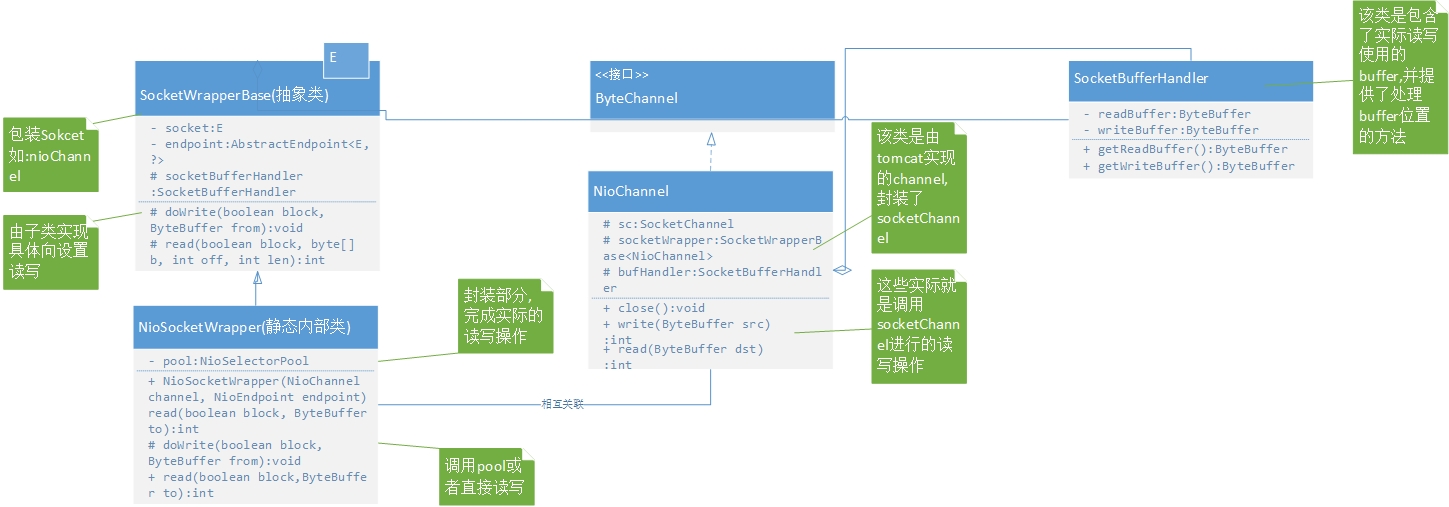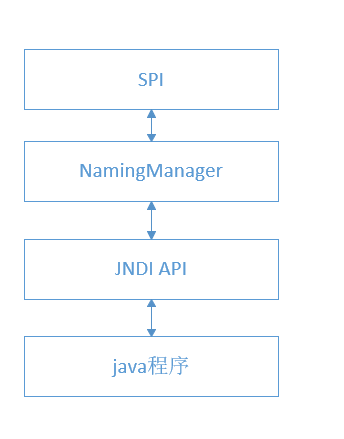1
2
3
4
5
6
7
8
9
10
11
12
13
14
15
16
17
18
19
20
21
22
23
24
25
26
27
28
29
30
31
32
33
34
35
36
37
38
39
40
41
42
43
44
45
46
47
48
49
50
51
52
53
54
55
56
57
58
59
60
61
62
63
64
65
66
67
68
69
70
71
72
73
74
75
76
77
78
79
80
81
82
83
84
85
86
87
88
89
90
91
92
93
94
95
96
97
98
99
100
101
102
103
104
105
106
107
108
109
110
111
112
113
114
115
116
117
118
119
120
121
122
123
124
125
126
127
128
129
130
131
132
133
134
135
136
137
138
139
140
141
142
143
144
145
146
147
148
149
150
151
152
153
154
155
156
157
158
159
160
161
162
163
164
165
166
167
168
169
170
171
172
173
174
175
176
177
178
179
180
181
182
183
184
185
186
187
188
189
190
191
192
193
194
195
196
197
198
199
200
201
202
203
204
205
206
207
208
209
210
211
212
213
214
215
216
217
218
219
220
221
222
223
224
225
226
227
228
229
230
231
232
233
234
235
236
237
238
239
240
241
242
243
244
245
246
247
248
249
250
251
252
253
254
255
256
257
258
259
260
261
262
263
264
265
266
267
268
269
270
271
272
273
274
275
276
277
278
279
280
281
282
283
284
285
286
287
288
289
290
291
292
293
294
295
296
297
298
299
300
301
302
303
304
305
306
307
308
309
310
311
312
313
314
315
316
317
318
319
320
321
322
323
324
325
326
327
328
329
330
331
332
333
334
335
336
337
338
339
340
341
342
343
344
345
346
347
348
349
350
351
352
353
354
355
356
357
358
359
360
361
362
363
364
365
366
367
368
369
370
371
372
373
374
375
376
377
378
379
380
381
382
383
384
385
386
387
388
389
390
391
392
393
394
395
396
397
398
399
400
401
402
403
404
405
406
407
408
409
410
411
412
|
public class NamingContext implements Context
{
protected final Hashtable<String, Object> env;
protected final HashMap<String, NamingEntry> bindings;
protected Object lookup(Name name, boolean resolveLinks) throws NamingException
{
while ((!name.isEmpty()) && (name.get(0).length() == 0)) name = name.getSuffix(1);
if (name.isEmpty())
{
return new NamingContext(env, this.name, bindings);
}
NamingEntry entry = bindings.get(name.get(0));
if (entry == null)
{
throw new NameNotFoundException(sm.getString("namingContext.nameNotBound", name, name.get(0)));
}
if (name.size() > 1)
{
if (entry.type != NamingEntry.CONTEXT)
{
throw new NamingException(sm.getString("namingContext.contextExpected"));
}
return ((Context) entry.value).lookup(name.getSuffix(1));
}
else
{
if ((resolveLinks) && (entry.type == NamingEntry.LINK_REF))
{
String link = ((LinkRef) entry.value).getLinkName();
if (link.startsWith("."))
{
return lookup(link.substring(1));
}
else
{
return new InitialContext(env).lookup(link);
}
}
else if (entry.type == NamingEntry.REFERENCE)
{
try
{
Object obj = NamingManager.getObjectInstance(entry.value, name, this, env);
if (entry.value instanceof ResourceRef)
{
boolean singleton = Boolean.parseBoolean((String) ((ResourceRef) entry.value).get("singleton").getContent());
if (singleton)
{
entry.type = NamingEntry.ENTRY;
entry.value = obj;
}
}
return obj;
}
catch (NamingException e)
{
throw e;
}
catch (Exception e)
{
log.warn(sm.getString("namingContext.failResolvingReference"), e);
throw new NamingException(e.getMessage());
}
}
else
{
return entry.value;
}
}
}
protected void bind(Name name, Object obj, boolean rebind) throws NamingException
{
if (!checkWritable())
{
return;
}
while ((!name.isEmpty()) && (name.get(0).length() == 0)) name = name.getSuffix(1);
if (name.isEmpty())
{
throw new NamingException(sm.getString("namingContext.invalidName"));
}
NamingEntry entry = bindings.get(name.get(0));
if (name.size() > 1)
{
if (entry == null)
{
throw new NameNotFoundException(sm.getString("namingContext.nameNotBound", name, name.get(0)));
}
if (entry.type == NamingEntry.CONTEXT)
{
if (rebind)
{
((Context) entry.value).rebind(name.getSuffix(1), obj);
}
else
{
((Context) entry.value).bind(name.getSuffix(1), obj);
}
}
else
{
throw new NamingException(sm.getString("namingContext.contextExpected"));
}
}
else
{
if ((!rebind) && (entry != null))
{
throw new NameAlreadyBoundException(sm.getString("namingContext.alreadyBound", name.get(0)));
}
else
{
Object toBind = NamingManager.getStateToBind(obj, name, this, env);
if (toBind instanceof Context)
{
entry = new NamingEntry(name.get(0), toBind, NamingEntry.CONTEXT);
}
else if (toBind instanceof LinkRef)
{
entry = new NamingEntry(name.get(0), toBind, NamingEntry.LINK_REF);
}
else if (toBind instanceof Reference)
{
entry = new NamingEntry(name.get(0), toBind, NamingEntry.REFERENCE);
}
else if (toBind instanceof Referenceable)
{
toBind = ((Referenceable) toBind).getReference();
entry = new NamingEntry(name.get(0), toBind, NamingEntry.REFERENCE);
}
else
{
entry = new NamingEntry(name.get(0), toBind, NamingEntry.ENTRY);
}
bindings.put(name.get(0), entry);
}
}
}
]
---------------------------------------------------------------------------------------------------------------------
public class javaURLContextFactory
implements ObjectFactory, InitialContextFactory {
public Object getObjectInstance(Object obj, Name name, Context nameCtx,
Hashtable<?,?> environment)
throws NamingException {
if ((ContextBindings.isThreadBound()) ||
(ContextBindings.isClassLoaderBound())) {
return new SelectorContext((Hashtable<String,Object>)environment);
}
return null;
}
@SuppressWarnings("unchecked")
@Override
public Context getInitialContext(Hashtable<?,?> environment)
throws NamingException {
if (ContextBindings.isThreadBound() ||
(ContextBindings.isClassLoaderBound())) {
return new SelectorContext(
(Hashtable<String,Object>)environment, true);
}
if (initialContext == null) {
synchronized(javaURLContextFactory.class) {
if (initialContext == null) {
initialContext = new NamingContext(
(Hashtable<String,Object>)environment, MAIN);
}
}
}
return initialContext;
}
}
-------------------------------------------------------------------------------------------------------------------
public class ContextBindings {
private static final Hashtable<Object,Context> objectBindings = new Hashtable<>();
private static final Hashtable<Thread,Context> threadBindings = new Hashtable<>();
private static final Hashtable<Thread,Object> threadObjectBindings = new Hashtable<>();
private static final Hashtable<ClassLoader,Context> clBindings = new Hashtable<>();
private static final Hashtable<ClassLoader,Object> clObjectBindings = new Hashtable<>();
---------------------------------------------------------------------------------------------------------------------
public class SelectorContext implements Context {
public Object lookup(Name name)
throws NamingException {
if (log.isDebugEnabled()) {
log.debug(sm.getString("selectorContext.methodUsingName", "lookup",
name));
}
return getBoundContext().lookup(parseName(name));
}
public void bind(Name name, Object obj)
throws NamingException {
getBoundContext().bind(parseName(name), obj);
}
}
--------------------------------------------------------------------------------------------------------------------
public class ResourceLinkFactory implements ObjectFactory {
private static Context globalContext = null;
public Object getObjectInstance(Object obj, Name name, Context nameCtx,
Hashtable<?,?> environment) throws NamingException {
if (!(obj instanceof ResourceLinkRef)) {
return null;
}
Reference ref = (Reference) obj;
String globalName = null;
RefAddr refAddr = ref.get(ResourceLinkRef.GLOBALNAME);
if (refAddr != null) {
globalName = refAddr.getContent().toString();
if (!validateGlobalResourceAccess(globalName)) {
return null;
}
Object result = null;
result = globalContext.lookup(globalName);
String expectedClassName = ref.getClassName();
if (expectedClassName == null) {
throw new IllegalArgumentException(
sm.getString("resourceLinkFactory.nullType", name, globalName));
}
try {
Class<?> expectedClazz = Class.forName(
expectedClassName, true, Thread.currentThread().getContextClassLoader());
if (!expectedClazz.isAssignableFrom(result.getClass())) {
throw new IllegalArgumentException(sm.getString("resourceLinkFactory.wrongType",
name, globalName, expectedClassName, result.getClass().getName()));
}
} catch (ClassNotFoundException e) {
throw new IllegalArgumentException(sm.getString("resourceLinkFactory.unknownType",
name, globalName, expectedClassName), e);
}
return result;
}
return null;
}
}
--------------------------------------------------------------------------------------------------------------------
public class DataSourceLinkFactory extends ResourceLinkFactory {
public Object getObjectInstance(Object obj, Name name, Context nameCtx, Hashtable<?,?> environment) throws NamingException {
Object result = super.getObjectInstance(obj, name, nameCtx, environment);
if (result!=null) {
Reference ref = (Reference) obj;
RefAddr userAttr = ref.get("username");
RefAddr passAttr = ref.get("password");
if (userAttr.getContent()!=null && passAttr.getContent()!=null) {
result = wrapDataSource(result,userAttr.getContent().toString(), passAttr.getContent().toString());
}
}
return result;
}
protected Object wrapDataSource(Object datasource, String username, String password) throws NamingException {
try {
Class<?> proxyClass = Proxy.getProxyClass(datasource.getClass().getClassLoader(), datasource.getClass().getInterfaces());
Constructor<?> proxyConstructor = proxyClass.getConstructor(new Class[] { InvocationHandler.class });
DataSourceHandler handler = new DataSourceHandler((DataSource)datasource, username, password);
return proxyConstructor.newInstance(handler);
}catch (Exception x) {
if (x instanceof InvocationTargetException) {
Throwable cause = x.getCause();
if (cause instanceof ThreadDeath) {
throw (ThreadDeath) cause;
}
if (cause instanceof VirtualMachineError) {
throw (VirtualMachineError) cause;
}
if (cause instanceof Exception) {
x = (Exception) cause;
}
}
if (x instanceof NamingException) throw (NamingException)x;
else {
NamingException nx = new NamingException(x.getMessage());
nx.initCause(x);
throw nx;
}
}
}
public static class DataSourceHandler implements InvocationHandler {
private final DataSource ds;
private final String username;
private final String password;
private final Method getConnection;
public DataSourceHandler(DataSource ds, String username, String password) throws Exception {
this.ds = ds;
this.username = username;
this.password = password;
getConnection = ds.getClass().getMethod("getConnection", String.class, String.class);
}
@Override
public Object invoke(Object proxy, Method method, Object[] args) throws Throwable {
if ("getConnection".equals(method.getName()) && (args==null || args.length==0)) {
args = new String[] {username,password};
method = getConnection;
} else if ("unwrap".equals(method.getName())) {
return unwrap((Class<?>)args[0]);
}
try {
return method.invoke(ds,args);
}catch (Throwable t) {
if (t instanceof InvocationTargetException
&& t.getCause() != null) {
throw t.getCause();
} else {
throw t;
}
}
}
}
------------------------------------------------------------------
|
